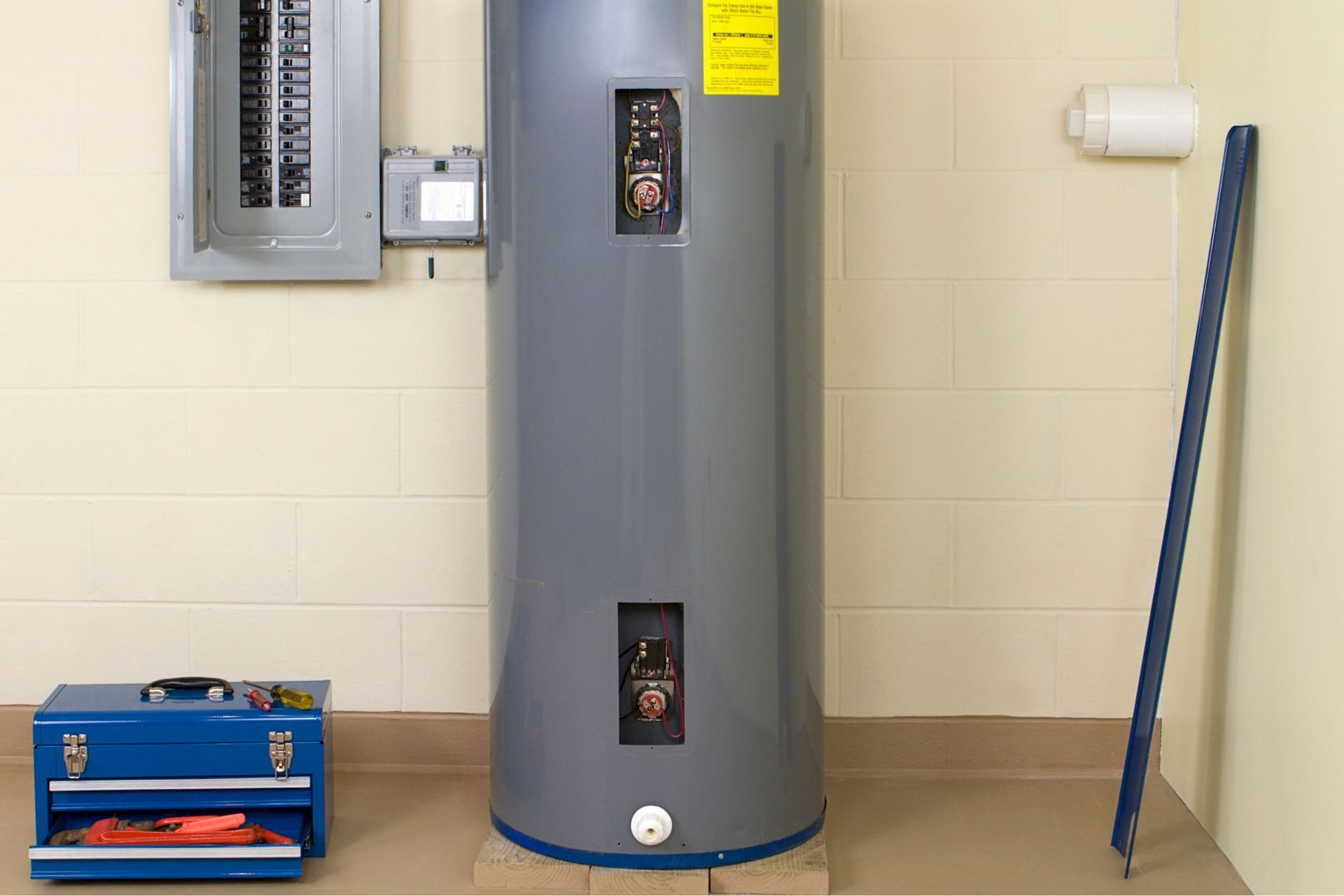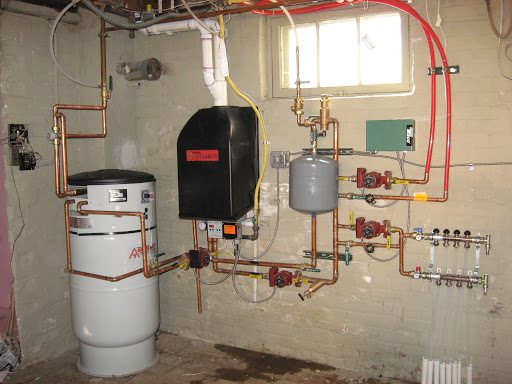How to Maintain Your Home's Hot Water System Properly
How to Maintain Your Home's Hot Water System Properly
Blog Article
How do you really feel with regards to How to Maintain Your Water Heater & Prolong its Life?

Warm water is necessary for everyday comfort, whether it's for a refreshing shower or cleaning dishes. To ensure your hot water system runs efficiently and lasts much longer, routine maintenance is essential. This article offers practical ideas and understandings on exactly how to maintain your home's hot water system to stay clear of interruptions and expensive repairs.
Introduction
Maintaining your home's warm water system may seem difficult, but with a couple of basic actions, you can ensure it runs smoothly for several years to find. This guide covers every little thing from understanding your hot water system to DIY upkeep pointers and knowing when to call expert aid.
Value of Keeping Your Hot Water System
Normal upkeep not only expands the lifespan of your hot water system yet additionally ensures it runs effectively. Neglecting upkeep can result in lowered efficiency, greater power expenses, and even early failure of the system.
Indications Your Hot Water System Requirements Maintenance
Knowing when your warm water system needs interest can protect against major problems. Keep an eye out for signs such as irregular water temperature level, unusual sounds from the heating system, or rusty water.
Comprehending Your Hot Water System
Before diving right into upkeep tasks, it's valuable to recognize the basic components of your warm water system. Commonly, this includes the water heater itself, pipelines, anode poles, and temperature controls.
Regular Monthly Maintenance Tasks
Routine regular monthly checks can assist catch minor issues prior to they escalate.
Flushing the Hot Water Heater
Purging your hot water heater gets rid of sediment build-up, improving effectiveness and extending its life.
Monitoring and Replacing Anode Rods
Anode poles stop rust inside the tank. Examining and replacing them when broken is crucial.
Evaluating and Adjusting Temperature Level Setups
Adjusting the temperature level settings makes sure optimum efficiency and safety.
Do It Yourself Tips for Maintenance
You can perform a number of maintenance tasks on your own to keep your hot water system in leading condition.
Looking for Leaks
Frequently inspect pipelines and connections for leakages, as these can bring about water damage and higher costs.
Examining Stress Alleviation Valves
Checking the stress safety valve ensures it functions appropriately and protects against too much stress accumulation.
Insulating Pipelines
Protecting hot water pipes decreases heat loss and can conserve energy.
When to Call a Specialist
While DIY maintenance is advantageous, some problems require specialist experience.
Facility Problems Needing Professional Aid
Examples include significant leaks, electrical troubles, or if your hot water heater is regularly underperforming.
Regular Professional Upkeep Advantages
Expert upkeep can consist of detailed inspections, tune-ups, and making sure compliance with safety and security requirements.
Final thought
Regular maintenance of your home's warm water system is essential for effectiveness, longevity, and expense savings. By complying with these ideas and knowing when to look for professional aid, you can guarantee a trustworthy supply of hot water without unforeseen disruptions.
How to Maintain an Instant Hot Water Heater
Before tinkering with your hot water heater, make sure that it’s not powered on. You also have to turn off the main circuit breaker and shut off the main gas line to prevent accidents. Also turn off the water valves connected to your unit to prevent water from flowing into and out of the appliance. 2. When you’re done, you have to detach the purge valves’ caps. These look like the letter “T†and are situated on either side of the water valves. Doing so will release any pressure that has accumulated inside the valves while at the same time avoid hot water from shooting out and burning your skin. 3. When the purge valves’ caps are removed, you have to connect your hosing lines to the valves. Your unit should have come with three hoses but if it didn’t, you can purchase these things from any hardware or home repair shops. You can also get them from retail stores that sell water heating systems. Read the user’s manual and follow it to complete this task properly. When the hosing lines are connected, open the purge port’s valves. 4. You should never use harsh chemical cleaners or solutions when cleaning your unit. Make use of white vinegar instead. It should be undiluted and you’ll probably use about 2 gallons. 5. Now flush your water heater. This task should probably take about 40 minutes. We can’t give you specific directions for this because the procedure is carried out depending on the type, model and brand of your heater. With that being said, refer to the user’s manual. 6. When you’re done draining the unit, you have to turn off the purge port valves again. Remove the hosing lines that you earlier installed on each of the water valves. Put the valve caps (purge port) back in their respective places and be very careful so as not to damage the rubber discs that are found inside these caps. 7. Now that everything’s back in place, check your user’s manual again to find out how to reactivate your water heating system. 8. Once it is working, turn one of your hot water faucets on just to let air pass through the heater’s water supply pipes. Leave the tap on until water flows smoothly out of it. https://www.orrplumbing.com/blog/2014/september/how-to-maintain-an-instant-hot-water-heater/

I stumbled upon that piece of writing on Water Heater Maintenance Tips You Can't Afford to Forget when surfing the search engines. You should take the time to promote this blog post if you liked it. We thank you for your readership.
Phone Report this page